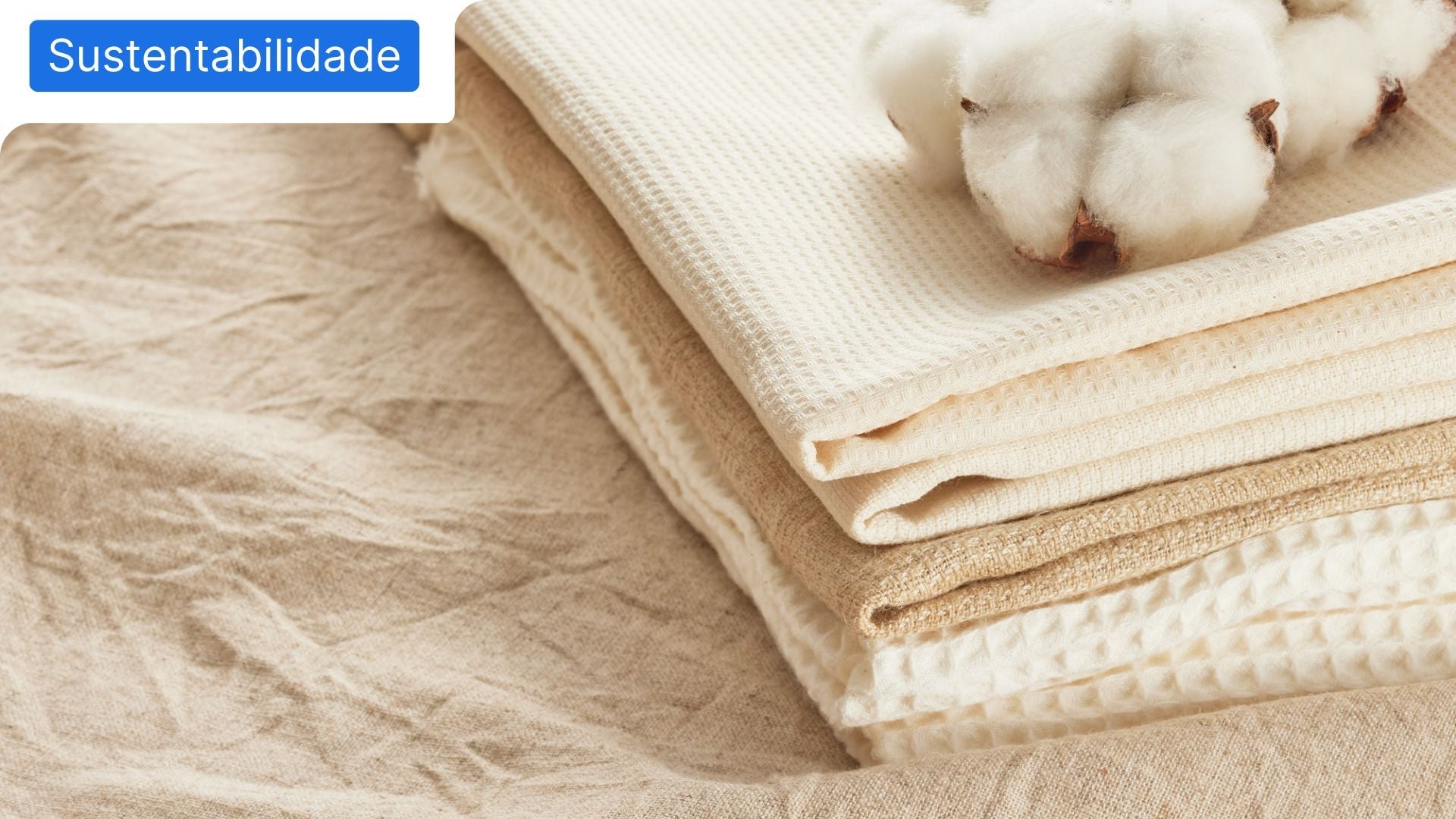
The environmental impact caused by the textile industry
Clothing is an essential commodity for all seasons, and sometimes it becomes difficult to resist a particular item, and the urge to buy it becomes stronger. But do you know the true environmental impact of the textile industry?
Textile consumption in the European Union has one of the greatest environmental impacts, right after food, housing, and mobility. Learn about the life cycle of a garment, the environmental impacts of fast fashion, and some more sustainable solutions.
What is the life cycle of a piece of clothing?
The increase in the number of sizes and styles, the number of brands on the market, and advertising, especially on social media, are factors that can lead to an increase in clothing purchases. The customization opportunities offered by some brands can also be considered other factors.
According to the European Commission , Europeans purchased around 6.4 million new items of clothing in 2015. The textile industry is one of the most polluting in the world, including in its various phases: production, manufacturing, transportation, and consumer use during washing, drying, and ironing.
A single piece of clothing goes through a long process that goes from its raw material to its final destination or disposal:
- Origin of raw materials (e.g. cotton, polyester);
- Factory processes (spinning, textile production, dyeing, manufacturing and packaging);
- Land, air or sea transport ;
- Placement in store for sale;
- End of life , through reuse, recycling or landfill.
The environmental impacts of the textile industry
From the raw material itself to the landfill, a “simple” piece of clothing goes through several phases, all of which have lasting environmental impacts on the air, soil, and even available water.
Raw materials for producing clothing also cause problems
According to the European Commission , the production of raw materials is responsible for a large part of the environmental impact caused by the textile industry:
- Cotton: is a raw material that requires large amounts of water, fertilizers and pesticides;
- Polyester: Made from fossil fuels and non-biodegradable. When washed, clothes made from this material can release around 700,000 microplastic fibers that end up harming ecosystems.
- Man-made cellulosic fibers: These are cellulose derivatives made from dissolved wood pulp from trees and represent 9% of the fibers used in EU clothing.
Greenhouse gas emissions
The textile industry is responsible for more than 8% of total greenhouse gas emissions worldwide, and in 2020, the consumption of textile products by consumers in the European Union generated nearly 270 kg of emissions per person.
Impact on water
Studies indicate that textile production is responsible for around 20% of water pollution globally, due to the products used for dyeing and finishing agents.
Furthermore, washing clothes is responsible for releasing microplastic fibers that end up in the oceans and can affect the food chain.
Soil pollution
After use, clothes are often thrown away instead of donated, ending up in landfills or incinerated. According to data from the European Parliament, only 1% of used clothing is recycled into new clothing.
The land is also used to grow the natural and animal fibers that make up clothing. It's estimated that, on average, between 5.1 and 27 square meters are needed per kilogram of fabric.
Only 1% of used clothes are recycled to create new clothes.
What about you? How can you reduce your textile footprint?
Do you want to reduce the environmental impact of the textile industry and the number of times you buy new clothes? Do you have excess clothing and don't know what to do with it? Discover some tips.
Bet on Slow Fashion
Unlike fast fashion, this trend aims to encourage you to buy fewer, higher-quality, and more versatile clothes so you can keep them and wear them longer. In this case, traditional retailers and brands with responsible and transparent production methods can be a good option.
Take care of your clothes sustainably
Washing is also one of the steps you should take into account to avoid the environmental impact caused by the textile industry:
- Wash clothes when necessary;
- Choose to wash at low temperatures;
- Choose low-impact detergents;
- Avoid using the clothes dryer.
At EcoX, our laundry detergents are upcycled from waste (used cooking oil), and because they're concentrated, they prevent you from using so much detergent. These Circular Economy products help restore our clothes, thus extending their average lifespan.
Rent clothes
Rent clothes for unique and special occasions such as weddings or pregnancies.
Buy and sell second-hand clothes
You can sell or donate clothes that no longer fit or that you no longer wear on social media or websites to gain greater visibility. You can also take the opportunity to buy for yourself and give new life to various items of clothing.
Fix damaged clothes instead of throwing them away
Do you have a piece of clothing missing a button or with open seams? These are easy little things to sew, and it's a way to keep your clothes around for longer.
Now that you know the environmental impact of the textile industry on water, soil, and natural resources, what strategies will you adopt to reduce your textile footprint? Follow our blog for more news and inspiration for a more sustainable life.
Author: Daniela Matos







